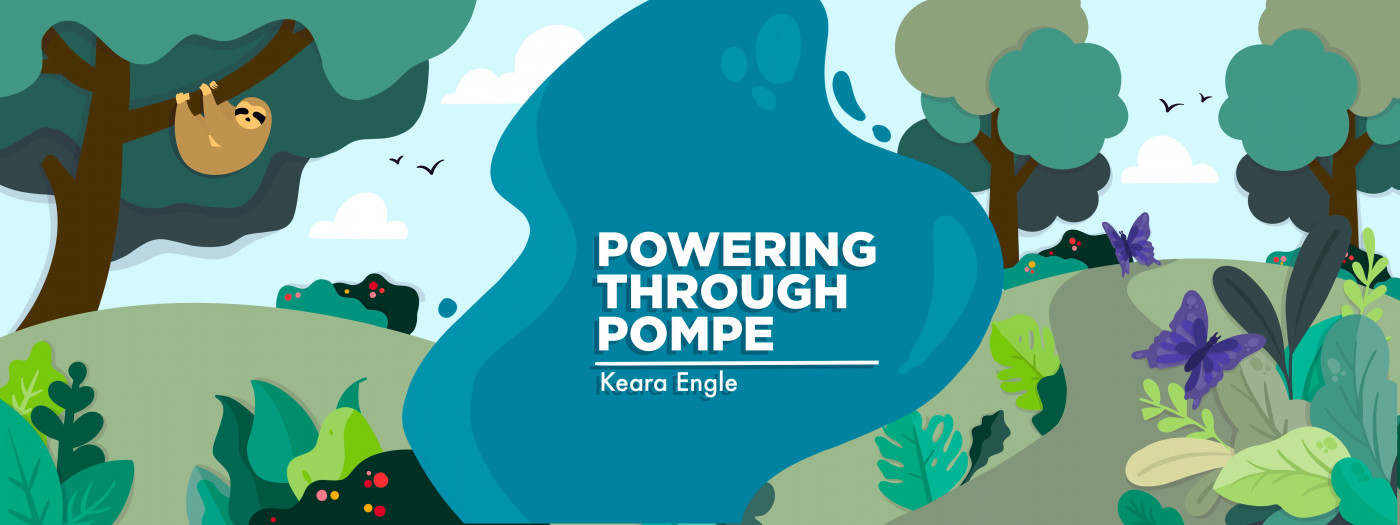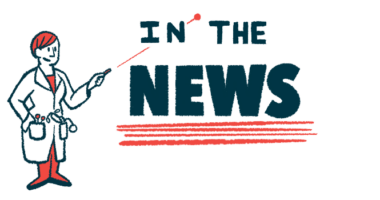Teaching Children That Not Everyone Is the Same

I take pride in teaching children about disabilities. The earlier they learn, the better. These small lessons can be very beneficial as children grow up and learn that everyone is different.
My 3-year-old son, Cayden, is only 15 months younger than my little brother, Larry Jr., whom we call “LJ.” When I got pregnant, I imagined all of the things my child and little brother would do together. And when I found out I was having a boy, I was even more excited to see what these two would get into.
But their relationship has been very different from what I had imagined. Cayden has infantile-onset Pompe disease, and due to low muscle tone, he can’t do all of the things my little brother can do. But LJ doesn’t let this phase him. Even though Cayden can’t walk or talk, they still find ways to have fun and play together.
One thing LJ has learned to do is push Cayden around in an empty laundry basket. Cayden usually cracks up laughing, and LJ enjoys seeing his nephew have fun. They also like playing with blocks and building towers that they take turns knocking over.
LJ has taken a great interest in learning about Cayden’s special needs. When LJ was 3, he started asking questions about Cayden’s feeding tube and BiPap ventilator that he uses at night to help him breathe. He even took it a step further and wanted to learn how to feed Cayden through his G-tube. So I taught him! Now, every time we see him, he begs to help feed Cayden.
I’ve been able to educate children about special needs at other times, too. Once, a child at the park saw me feeding Cayden with his G-tube and asked what was on his belly. His mother frantically apologized and told her son to come over to her, but I told her it was OK and that I was happy to explain what we were doing if she didn’t mind. She agreed, and we all had a long talk about Cayden’s G-tube.
When teaching children about disabilities, it helps to do it in a way that makes sense to them. When I’m describing Cayden’s G-tube, I like to say things like, “You use your mouth to eat, but Cayden uses a tube that goes straight into his belly.” Or, “Some people can’t eat like we do, so they have to eat in a way that is safe for them.” A little explaining goes a long way for a child’s wandering mind.
My hope is that teaching young children about disabilities will only strengthen their knowledge about them in the future. Many people are unfamiliar with rare diseases, and sometimes they can be insensitive. But if we give kids the knowledge about disabilities at a young age, perhaps it can change the way they view them as an adult.
***
Note: Pompe Disease News is strictly a news and information website about the disease. It does not provide medical advice, diagnosis, or treatment. This content is not intended to be a substitute for professional medical advice, diagnosis, or treatment. Always seek the advice of your physician or other qualified health provider with any questions you may have regarding a medical condition. Never disregard professional medical advice or delay in seeking it because of something you have read on this website. The opinions expressed in this column are not those of Pompe Disease News, or its parent company, Bionews, and are intended to spark discussion about issues pertaining to Pompe disease.








Leave a comment
Fill in the required fields to post. Your email address will not be published.